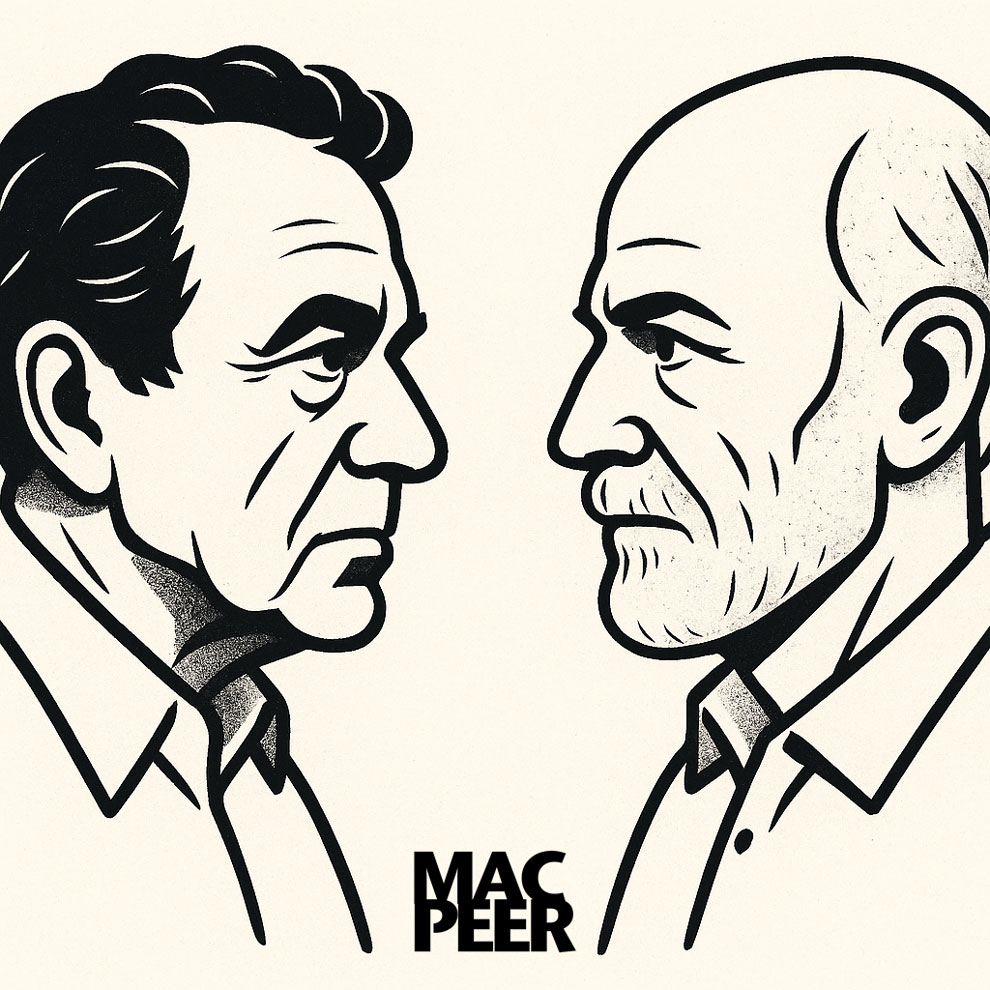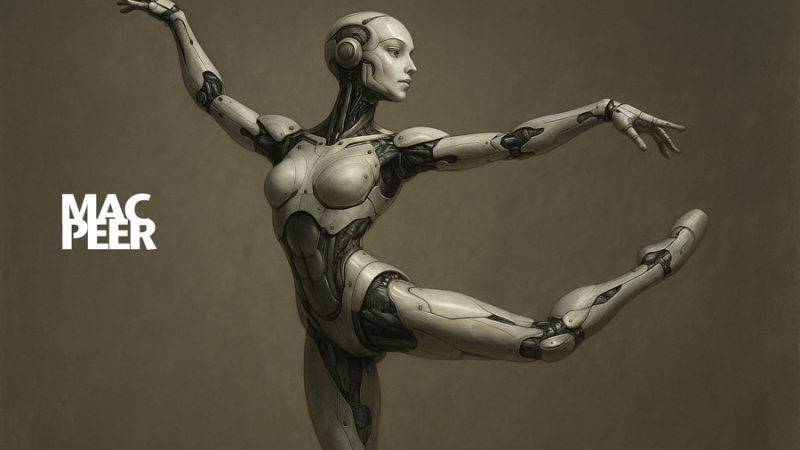Two Philosophical Critiques of Strong AI: John Searle and Hubert Dreyfus

Two Philosophical Critiques of Strong AI: John Searle and Hubert Dreyfus
The comparison between John Searle and Hubert Dreyfus is particularly interesting because, although they both offer a deep critique of strong Artificial Intelligence (AI), they approach the issue from different philosophical perspectives and emphasize different aspects of the problem.
John Searle, as we have seen, challenges the idea that a machine can truly understand or think. His argument is based on the distinction between syntax and semantics: computers manipulate symbols according to formal rules but do not understand the meaning of what they process. The human mind, by contrast, is endowed with intentionality, the capacity of mental states to be about something—beliefs, desires, thoughts oriented toward content. For Searle, this quality cannot arise from a mere program: no simulation, however convincing, can produce genuine consciousness.
Dreyfus, on the other hand, moves within a different philosophical framework, one closer to phenomenology and existentialism, drawing especially on thinkers such as Heidegger and Merleau-Ponty. His critique of AI does not focus on consciousness or intentionality in the analytic-philosophical sense, but rather on the fundamental epistemological error at the heart of the AI project—namely, the assumption that the human mind functions like a system of rules, symbolic representations, and logical operations.
Dreyfus rejects this assumption outright: in his view, humans do not think like computers. Our relation to the world is embodied, situated, and pre-reflective. We do not live in a space of mental abstractions that we translate into actions via logical instruction sets; rather, we act intuitively, often without any conscious deliberation. For Dreyfus, the mistake of AI lies precisely in ignoring this practical, bodily dimension of human intelligence, choosing instead to build abstract, disembodied models that are far removed from real experience.
Dreyfus began articulating these critiques as early as the 1960s and 70s, at a time when symbolic AI was still riding a wave of optimism. Although initially met with resistance, his ideas gained new relevance with the rise of neural networks and machine learning, which—by acknowledging the importance of learning from experience in a non-symbolic way—seemed to vindicate part of his approach.
However, Dreyfus remained skeptical even of these newer techniques. In his view, not even the most sophisticated algorithms or vast datasets will ever lead to genuine understanding or consciousness. This is because the human mind is rooted in a mode of being that is ontologically different from any artificial simulation. Intelligence, for him, arises from our being-in-the-world, from our situated and embodied engagement—not from abstract representation.
In this sense, we can say that Searle and Dreyfus are critical allies against strong AI, but for different reasons. Searle defends the irreducibility of consciousness and subjective meaning and denies that they can emerge from symbolic computation. Dreyfus questions the entire conceptual framework of cognitivism itself, claiming that the very idea of the mind as a system of representations and rules is flawed.
In a way, Dreyfus’s critique is even more radical: he does not merely argue that consciousness cannot emerge from symbols—he argues that conceiving the mind as symbolic in the first place is a mistake. For him, intelligence is above all a form of practical skill, not abstract calculation.
In conclusion, both thinkers reject the idea that a computer can think like a human, but they do so from two different traditions: Searle from analytic philosophy of mind, Dreyfus from existential phenomenology. Yet both have played a key role in challenging the myth of Artificial Intelligence as a straightforward path to artificial minds—and they have done so with clarity, rigor, and continuing relevance.




